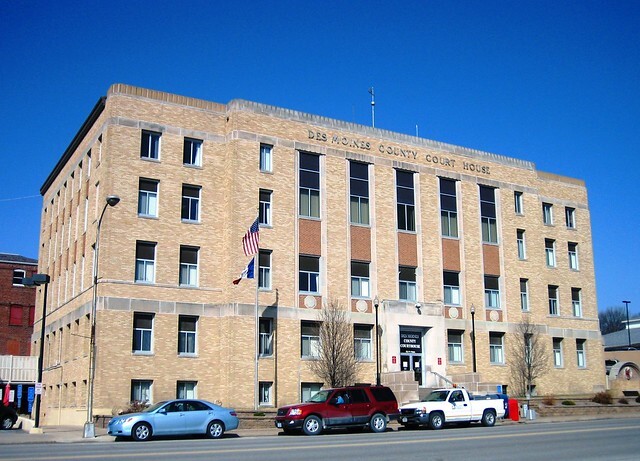Since the founding of our communities, organizations, businesses and citizens have stepped forward to build and serve their community. Click on any of the logos below to learn about those who made this website possible! If you would like to learn about becoming a sponsor CLICK HERE!
- County: Des Moines County, IA
- Region: Southeast IA
- Sponsors
- About Burlington, IA
- Businesses
- Community Organizations
- Faith Organizations
- Festivals and Events
- Points of Interest
- Veterans
- Visit Website
Learn how to Contribute to any of the above categories.
No news yet. Got some news? Hit that NEW POST button!
About Burlington, IA
Prior to European settlement, the area was neutral territory for the Sac and Fox Indians, who called it Shoquoquon (Shok-ko-kon), meaning Flint Hills.
In 1803, President Thomas Jefferson organized two parties of explorers to map the Louisiana Purchase. The Lewis and Clark Expedition followed the Missouri River, while Lt. Zebulon Pike followed the Mississippi River. In 1805, Pike landed at the bluffs below Burlington and raised the United States Flag for the first time on what would become Iowa soil and recommended construction of a fort.
In the spring of 1834 they allowed John Gray, who purchased the first lot with his wife Eliza Jane, to rename the town for $50. Gray chose to name it Burlington in honor of his hometown in Vermont. The Grays’ daughter Abigail was born in Burlington that same year, the first American settler child born on Iowa soil.
In 1837, Burlington was designated as the second territorial capital of the Wisconsin Territory. The Iowa Territory was organized in the following year, and Burlington was named as its first territorial capital. The government used “Old Zion,” the first Methodist Church in Iowa (located near what is now Third and Washington streets), to conduct its business. A historical marker commemorates the site of the church and early territorial government.
On May 22, 1849, Maj. William Williams visited Burlington, writing a brief description in his journal:
This town was originally called Flint Hill- the Indian name was Shoquokon, Flint or Rock Hill. It is beautifully elevated, situated on the west side of the Mississippi River, a place of very considerable business. The town is very well built. Houses are good, generally taste[ful], brick dwellings. A great many handsome residences on the more elevated parts of the bluff. The number of inhabitants between 3,000 and 3,500. … Was the first seat of government after the formation of the Territory of Iowa. The view of the city is extremely picturesque from the river. The main part of the city is situated like an amphitheater formed by the surrounding hills, beautiful buildings and private residences on the eminences around. From the location of Burlington it must always be a place of considerable trade. The city is well built [in the] modern style, a very intelligent population… The river here is over 3/4 of mile wide and steam ferry boats constantly plying between this and the Illinois shore.
Iowa’s nickname, “The Hawkeye State,” has its roots in Burlington. At Judge David Rorer’s suggestion, publisher James G. Edwards changed The Iowa Patriot newspaper’s name to The Hawk-Eye and Iowa Patriotin tribute to his friend, Chief Black Hawk. Rorer is said to have found the name in James Fenimore Cooper’s The Last of the Mohicans, but Edwards proposed the nickname to “…rescue from oblivian a momento, at least of the name of the old chief.”
Burlington was a bustling river port in the steamboat era and a central city to the Chicago, Burlington and Quincy Railroad. The “Burlington Route” (1848–1970) merged into the Burlington Northern Railroad (1970–1996), which in turn merged into the BNSF Railway (1997–present). The “Burlington” name has been given to one of the United States’ largest railroads. One of BNSF’s main east-west lines still crosses the Mississippi at Burlington.
In the late twentieth century, retail expanded with suburbanization of the population. Westland Mall opened in nearby West Burlington in 1977.
Businesses of Burlington, IA
The businesses of our towns are truly the lifeblood of each community, click on any businesses below to learn about them, to learn how to add your business to your town and county page CLICK HERE!
Des Moines County, IA
Visit our county page and you will find information about our town and county's points of interest, festivals/events and faith community. You also will learn about the community organizations that have built and continue to build strong communities (chambers, community groups, and departments, etc) and much more when you visit the Des Moines County, IA page.

